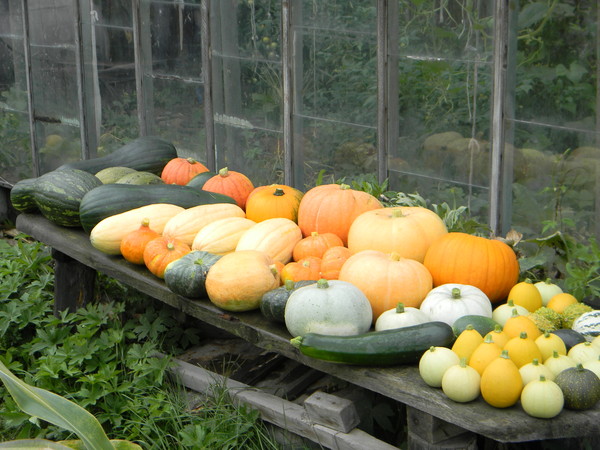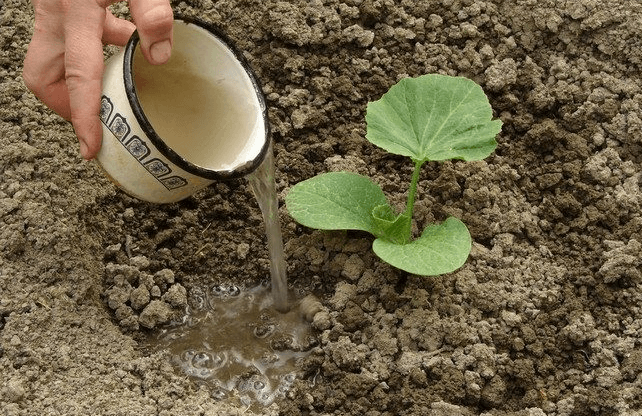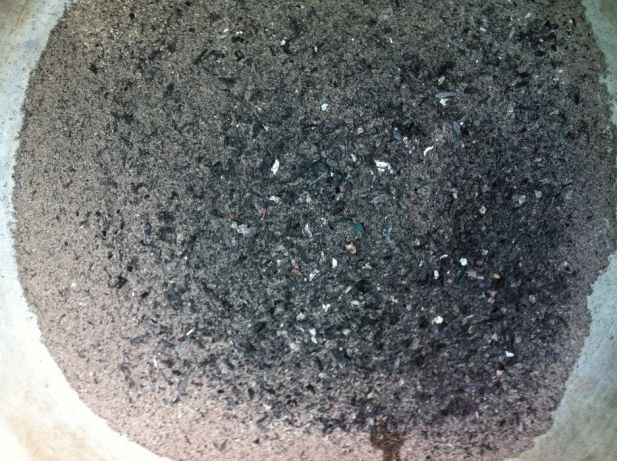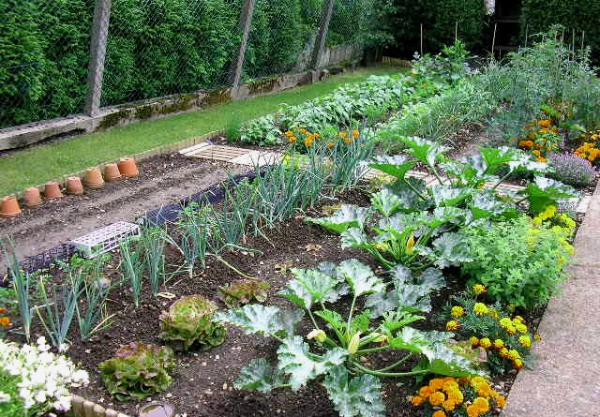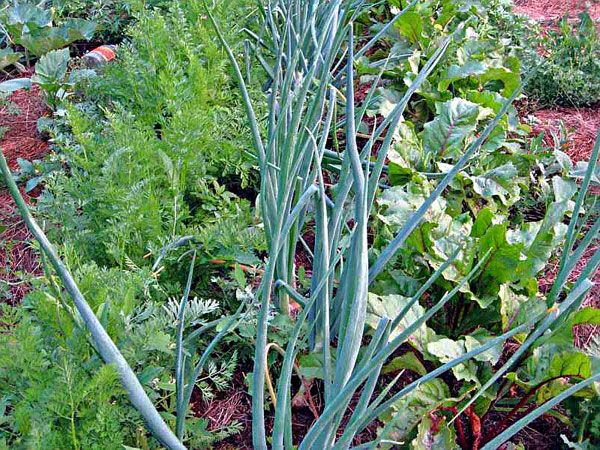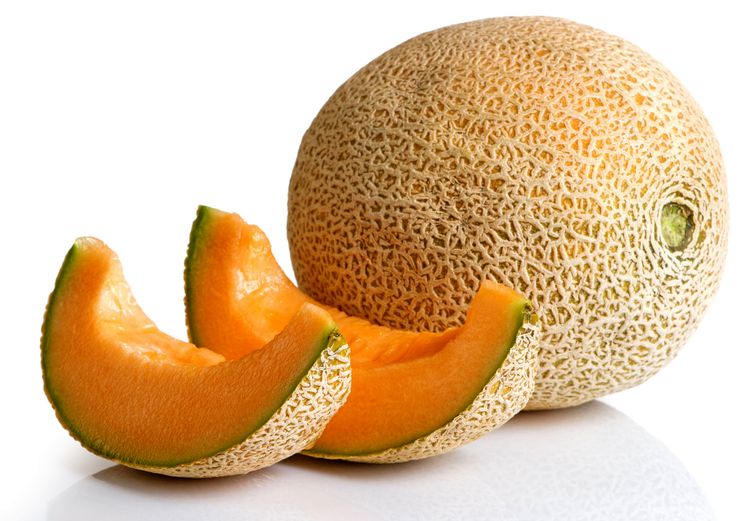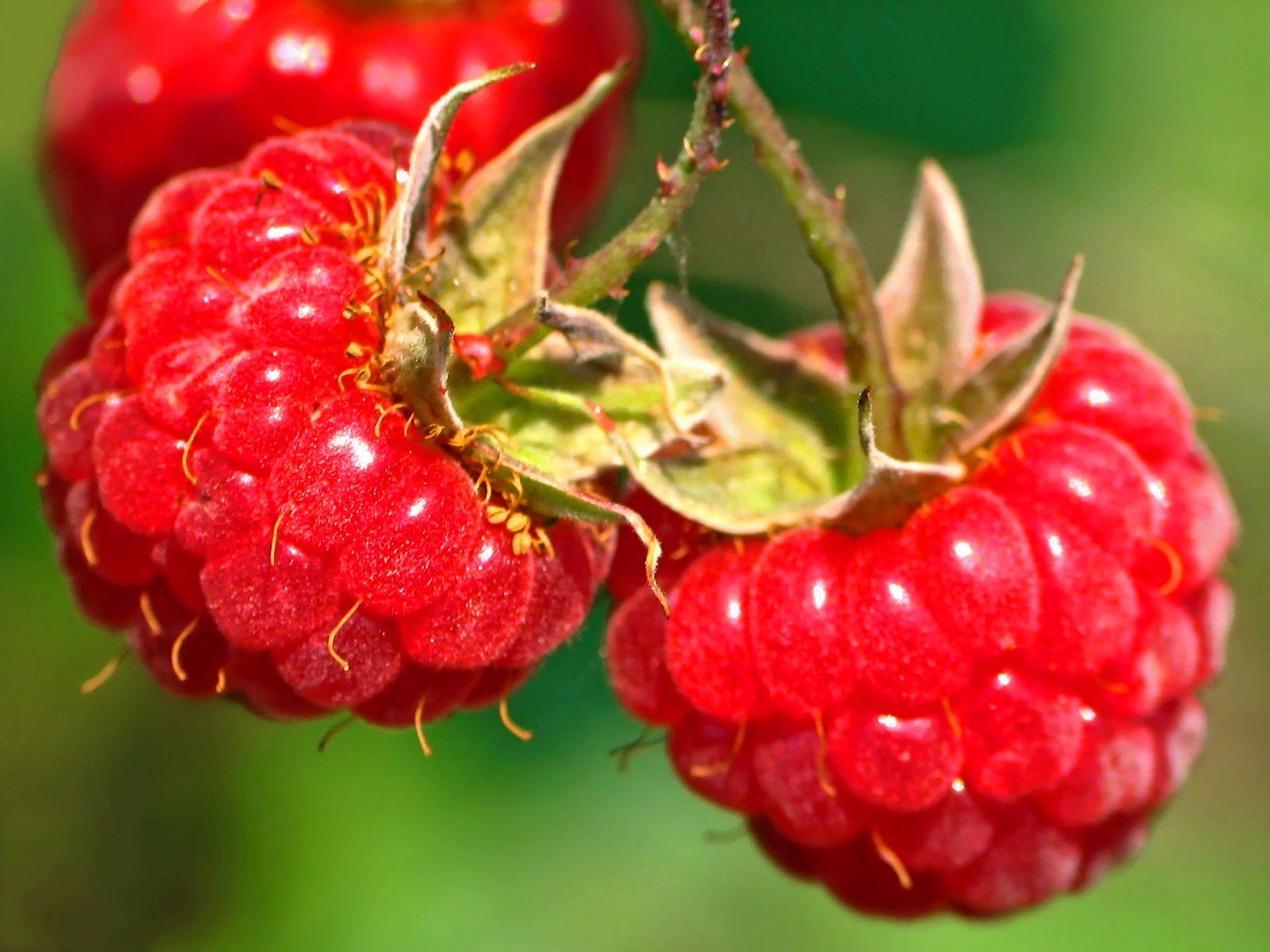Content:
Zucchini is an unpretentious culture that grows in almost every summer cottage. This vegetable is famous for its beneficial properties, which have a positive effect on the state of the human body, as well as its low calorie content. 100 grams of a vegetable contains only 27 calories. It contains a high concentration of vitamins, minerals, organic acids, macro- and microelements. The main feature is the versatility of using the fruit.
Zucchini is an annual herb that belongs to the Pumpkin family. Breeders tirelessly breed new varieties, gardeners have the opportunity to grow white, yellow and green fruits.
Conditions for growing zucchini
This representative of the Pumpkin plant is a thermophilic and photophilous plant. Therefore, it must be planted in open sunny areas.
The optimal soil for zucchini is loamy and light sandy loam. It is extremely important that the soil is evenly warmed up during the entire growing season of the plant.
Plants love abundant and frequent watering. The root system is poorly developed, so in dry weather the plants are very thirsty. Watering is recommended in the evening with warm water. Until the leaves close, water the zucchini every day or at intervals of every other day.
In the process of plant growth, the developing foliage will cover the ground, then you can water the zucchini in dry weather at intervals of 2-3 days, and in cool weather - no more than once every 5-6 days. If the leaves have begun to wither, they must be watered from a watering can using a fine nozzle.
What to feed
The crop responds well to organic fertilization. When mowing or weeding weeds, do not put all the material in compost. It is recommended to place a part in a separate container, fill it to the top with water and keep it for one week. For better infusion and decomposition of organic matter, the contents must be mixed. After a week, the resulting infusion must be filtered, diluted with water in a ratio of 1 to 8 and water the zucchini near the root system. After a week, feeding should be repeated.
Grass irrigation can be combined with manure application. Manure is diluted with water in a ratio of 1 to 10, infused under the sun for three days. Water near the root, avoiding the foliage. As soon as the fruits begin to set, it is time for the third feeding. This time it is advised to add dung / herbal infusion, sifted wood ash and double superphosphate.
Disease prevention
To prevent the development of diseases, it is necessary to follow the rules of crop rotation. It is worth refraining from planting zucchini where watermelons, pumpkins, melons and / or cucumbers grew in the previous year. This is due to the fact that all representatives of pumpkin have the same diseases. When harvesting, the tops of them must not be put into compost, it must be dried well and burned, and the ash must be used as an organic fertilizer.
Another equally important issue that should worry gardeners is the proximity of zucchini with other vegetables. Zucchini neighbors in the garden, which ones are the best?
Zucchini compatibility with other vegetables
Many agronomists, especially beginners, are wondering what to plant next to the squash next door.
In our country, mixed plantings of agricultural crops are becoming increasingly popular. Using this technology, it is necessary to analyze the compatibility of the crops used. However, even with a traditional growing method, it is equally important to rely on the compatibility of crops growing in adjacent beds.
What does plant compatibility affect?
In addition to the ability to rationally use a summer cottage, the correct compatibility of crops can increase yields. This is due to the fact that plants growing nearby affect each other. Some are able to stimulate the growth of neighbors, others, on the contrary, oppress them, and still others are completely neutral.
Correctly organized beds are depleted evenly, due to the fact that crops are selected with different requirements for the type of nutrients. The likelihood that certain chemical elements will be sucked out of the soil is excluded, the deficit of which in subsequent years will leave the summer resident without a crop.
Types of plant interactions
Successful plant compatibility allows you to grow a good harvest. Compatibility is manifested not only directly, but also indirectly. By direct interaction, chemicals are released from plants. As a rule, water-soluble substances are released from the root system, and volatile substances from the aboveground part. Actually, these substances either inhibit or stimulate the growth of crops growing nearby. Therefore, it is very important to study the compatibility of horticultural and horticultural crops.
Basic rules for the sequence of plant placement:
- The main plant, which ripens for a long time, can be planted again in the garden no earlier than three years later. Parsley, cucumbers, peas, beets, and carrots take longer as they react poorly to their own root secretions.
- The main crop can be re-planted on the beds ahead of schedule if green fertilizers or cereals are planted after it.
- Prior and subsequent plants with a short growing season should not follow each other.
- Vegetables belonging to the same family cannot be near each other in either small or large crop rotation, since they are very susceptible to their own secretions of the root system.
- If the soil is rich in nutrients or fertilized with rotted compost, manure, then it is recommended to grow all varieties of tomatoes, cabbage, cucumbers, leeks and celery, squash, raspberries and strawberries in it. Potatoes, legumes, onions, garlic can be planted on non-fertilized areas.
The compatibility of vegetable representatives must also take into account their effect on the soil. Some crops compact and deplete the earth, while others loosen it with the root system and enrich it with nitrogen and organic matter. Consider the impact of certain crops on the soil.
| Good | The average | Bad |
|---|---|---|
| Clover mix Head salad Leek Root celery Alfalfa | Beans Peas Tomatoes Kohlrabi Carrot Cauliflower and cabbage Bow Potatoes | Root parsley Beet |
What to plant with zucchini on the same bed
Zucchini with what can you plant next to? Many agronomists wonder what to plant next to zucchini, since they take up a lot of space. The culture reaches an impressive size only in the middle of summer. Experienced agronomists are convinced that a spacious vegetable garden can be used rationally until mid-summer. For this, early maturing crops must be planted there.
Zucchini neighbors in the garden:
- To save space, you can plant onions or winter garlic on the same garden bed with zucchini. When the zucchini bush is full and begins to increase significantly in size, it will be time to harvest the fruits planted for the winter.
- Green crops such as lettuce, dill or parsley can be planted near zucchini. From early vegetables, radishes are optimal.
- Representatives of legumes will grow well next to the planting of zucchini: beans or peas. Before the squash bushes stretch out and shade everything, these plants will build up green mass and climb up the supports. In addition, they enrich the soil with nitrogen, which will have a beneficial effect on the growth of squash.
- Radish and / or turnip will feel comfortable with each other, as well as beets, Swiss chard and onions.
- Tall crops such as sunflowers and corn are also suitable for partnership with zucchini. In this case, it is important that the soil is rich in nutrients, otherwise all plants may start to wither.
- Definitely, black radish will become a useful neighbor for zucchini, which, thanks to its powerful root system, will scare off tons of spider mite zucchini.
- A good tandem for zucchini with tomatoes. They protect melon from aphids, moths and sawflies.
There are some crops that should not be planted near zucchini. Is it possible to plant zucchini next to pumpkin and squash? No, cross-pollination can occur with related crops, as a result of which hybrids that are not always tasty and attractive will grow.
Experienced gardening tips
Zucchini belongs to the Pumpkin family, and they do not like windy areas. Therefore, the bushes are recommended to be grown in places protected from the winds. It is preferable to plant sunflowers and corn next to plants.
You can also plant clover and mustard near the zucchini. This arrangement of crops will introduce nutrients into the soil. On the other side, you can plant beets, carrots, onions and garlic. Due to general pollination in the first year of growth, plant hybrids will still not grow. Hybrids will only grow after one more year.
Zucchini are unique and unpretentious plants that have become famous for their ease of growing and their beneficial properties. Even a novice agronomist can grow this culture. The main thing is to choose the right variety and study its characteristic features, it is equally important to follow all the rules of agricultural technology to provide the family with high-quality and tasty vegetables. There are many recipes for preparing blanks for the winter, and the fruits can be fried, stewed, caviar from them.
